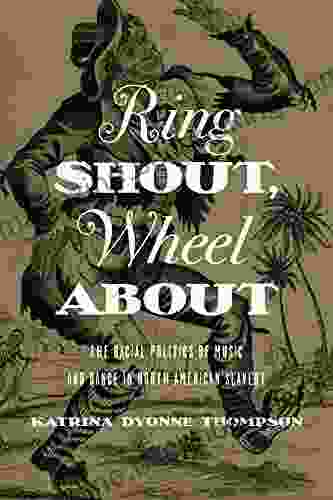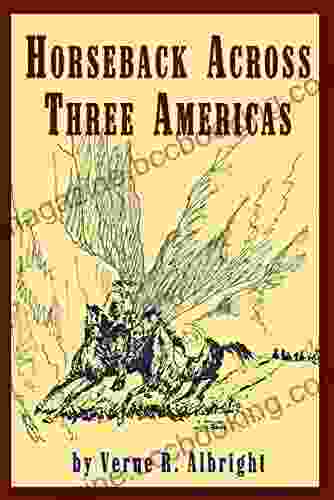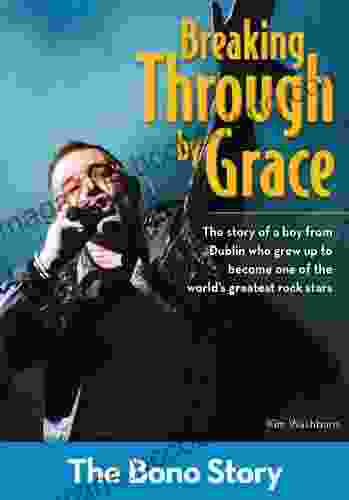The Racial Politics of Music and Dance in North American Slavery

5 out of 5
| Language | : | English |
| File size | : | 3766 KB |
| Text-to-Speech | : | Enabled |
| Screen Reader | : | Supported |
| Enhanced typesetting | : | Enabled |
| Word Wise | : | Enabled |
| Print length | : | 250 pages |
Music and dance have always been integral parts of human experience, serving as powerful mediums for cultural expression and social interaction. However, in the context of North American slavery, these art forms became deeply intertwined with the racial politics that permeated every aspect of enslaved people's lives. This essay explores the complex and often contradictory ways in which music and dance played out in the racialized landscape of slavery.
Music as Resistance and Agency
For enslaved Africans, music was a vital tool of resistance and cultural preservation. Slave songs, often sung in secret or under the guise of work chants, provided a space for expressing their pain, longing, and resilience. Through these songs, they could maintain a connection to their African roots and forge a sense of community amidst their enslavement.
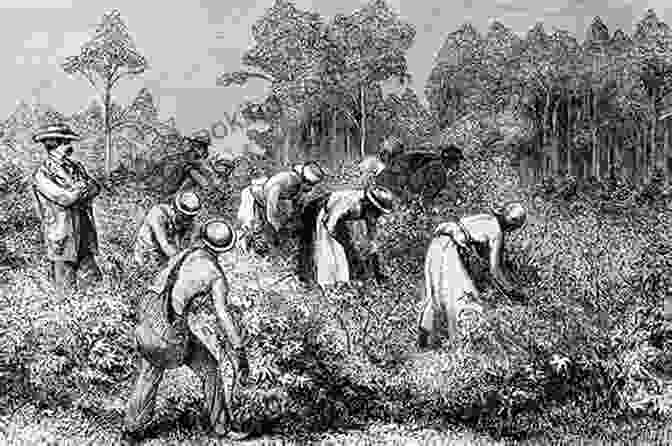
Spirituals, a form of religious music that emerged among enslaved African Americans, played a significant role in shaping their Christian faith. These songs expressed their hope for freedom and a better life, while also serving as a form of coded communication. By subtly referencing their desire for emancipation, spirituals allowed enslaved people to communicate their aspirations without directly confronting their oppressors.
Dance as Control and Conformity
In contrast to the ways in which music became a tool of resistance, dance was often used by slaveholders to assert control and discipline over their enslaved workforce. Plantation owners organized balls and dances for their own entertainment, while enslaved people were forced to participate, often in stereotyped and degrading ways. These dances reinforced the racial hierarchy by showcasing the supposed exoticism and inferiority of African dance forms.
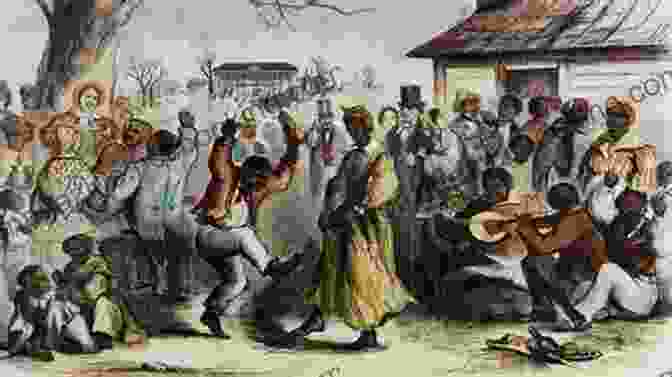
Additionally, slaveholders sought to suppress African dance and music, viewing them as threats to their authority. By prohibiting certain dance styles and songs, they attempted to erase the cultural heritage of enslaved people and impose their own values on them.
The Interplay of Resistance and Assimilation
Despite the oppressive realities of slavery, enslaved people found creative ways to incorporate African elements into their dance and music. They adapted traditional rhythms and movements into new forms, such as the ring shout and the juba dance. These hybrid art forms allowed them to maintain a connection to their African roots while simultaneously negotiating the demands of white society.
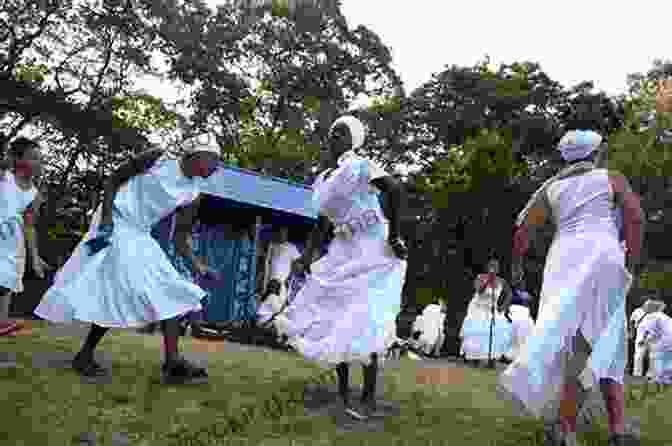
By incorporating elements of African dance into their performances, enslaved people subtly resisted the complete erasure of their culture. They also used music and dance as a means of social interaction and entertainment, creating a sense of community and shared experience amidst their oppression.
The racial politics of music and dance in North American slavery is a complex and multifaceted topic. Music and dance served as both tools of resistance and instruments of control, reflecting the contradictory and oppressive nature of the institution of slavery itself. Through their music and dance, enslaved Africans asserted their humanity, preserved their cultural heritage, and found ways to endure the horrors of slavery. The study of these art forms provides a unique lens through which to understand the racialized experiences and agency of enslaved people.
5 out of 5
| Language | : | English |
| File size | : | 3766 KB |
| Text-to-Speech | : | Enabled |
| Screen Reader | : | Supported |
| Enhanced typesetting | : | Enabled |
| Word Wise | : | Enabled |
| Print length | : | 250 pages |
Do you want to contribute by writing guest posts on this blog?
Please contact us and send us a resume of previous articles that you have written.
 Book
Book Novel
Novel Page
Page Chapter
Chapter Text
Text Story
Story Genre
Genre Reader
Reader Library
Library Paperback
Paperback E-book
E-book Magazine
Magazine Newspaper
Newspaper Paragraph
Paragraph Sentence
Sentence Bookmark
Bookmark Shelf
Shelf Glossary
Glossary Bibliography
Bibliography Foreword
Foreword Preface
Preface Synopsis
Synopsis Annotation
Annotation Footnote
Footnote Manuscript
Manuscript Scroll
Scroll Codex
Codex Tome
Tome Bestseller
Bestseller Classics
Classics Library card
Library card Narrative
Narrative Biography
Biography Autobiography
Autobiography Memoir
Memoir Reference
Reference Encyclopedia
Encyclopedia L S Haskell
L S Haskell Katherine Johnson
Katherine Johnson Ronald W Kipp
Ronald W Kipp Kevin Conner
Kevin Conner Nick Lyons
Nick Lyons Kay Doherty Bennett
Kay Doherty Bennett Theodore Menten
Theodore Menten Kenneth Grahame
Kenneth Grahame Katlin Middleton
Katlin Middleton Kathryn Cadenhead Colgrove
Kathryn Cadenhead Colgrove Keisuke Itagaki
Keisuke Itagaki Melvin Baker
Melvin Baker Kenneth R Miller
Kenneth R Miller Roxanne Modafferi
Roxanne Modafferi Yuliia Pozniak
Yuliia Pozniak Kathleen Brady
Kathleen Brady Lory Ramos
Lory Ramos Katrina Willoughby
Katrina Willoughby Matt Kracht
Matt Kracht Khalil Jal
Khalil Jal
Light bulbAdvertise smarter! Our strategic ad space ensures maximum exposure. Reserve your spot today!
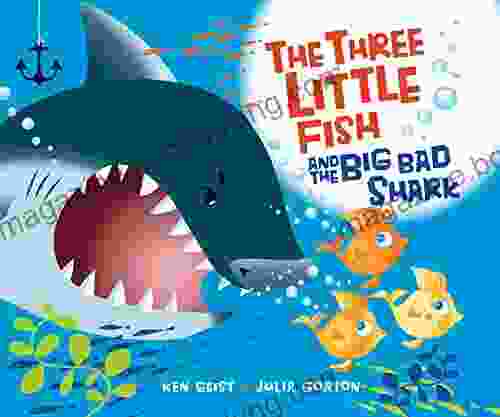
 Esteban CoxUnlock the Enchanting Underwater World in "The Three Little Fish and the Big...
Esteban CoxUnlock the Enchanting Underwater World in "The Three Little Fish and the Big...
 Darrell PowellTwisted Devil: The True Story of a Sex, Lies, and Murder in a Small Nevada...
Darrell PowellTwisted Devil: The True Story of a Sex, Lies, and Murder in a Small Nevada... Jason ReedFollow ·16k
Jason ReedFollow ·16k Eli BrooksFollow ·19.9k
Eli BrooksFollow ·19.9k Terry PratchettFollow ·5.4k
Terry PratchettFollow ·5.4k Mario Vargas LlosaFollow ·18.4k
Mario Vargas LlosaFollow ·18.4k Lucas ReedFollow ·18.1k
Lucas ReedFollow ·18.1k Eddie BellFollow ·9.3k
Eddie BellFollow ·9.3k Colin RichardsonFollow ·8.6k
Colin RichardsonFollow ·8.6k Henry GreenFollow ·18.4k
Henry GreenFollow ·18.4k
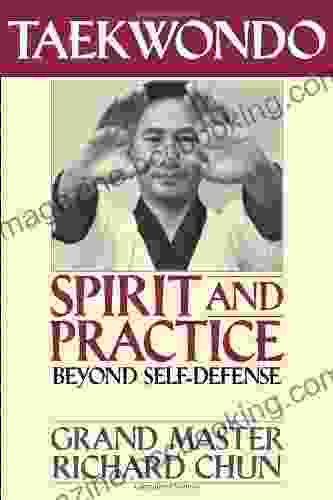
 Joshua Reed
Joshua ReedUnveiling the Profound Essence of Taekwondo: Spirit and...
Taekwondo, an ancient...

 Clarence Brooks
Clarence BrooksUnveiling Clarity: The Common Sense Guide to Everyday...
In the labyrinthine world of legal...

 Anthony Wells
Anthony WellsBless Me, Ultima: A Literary Odyssey into the Heart of...
In the tapestry of American literature,...
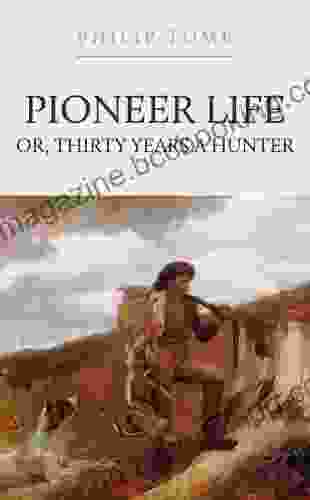
 Alexandre Dumas
Alexandre DumasPioneer Life Or Thirty Years A Hunter - A Captivating...
Discover the Raw and...
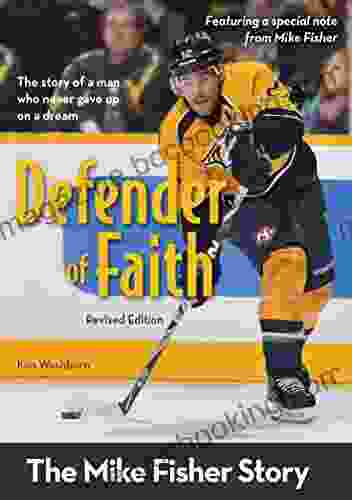
 Samuel Beckett
Samuel BeckettThe Mike Fisher Story: An Inspiring Tale of Faith,...
Prepare to be...
5 out of 5
| Language | : | English |
| File size | : | 3766 KB |
| Text-to-Speech | : | Enabled |
| Screen Reader | : | Supported |
| Enhanced typesetting | : | Enabled |
| Word Wise | : | Enabled |
| Print length | : | 250 pages |


